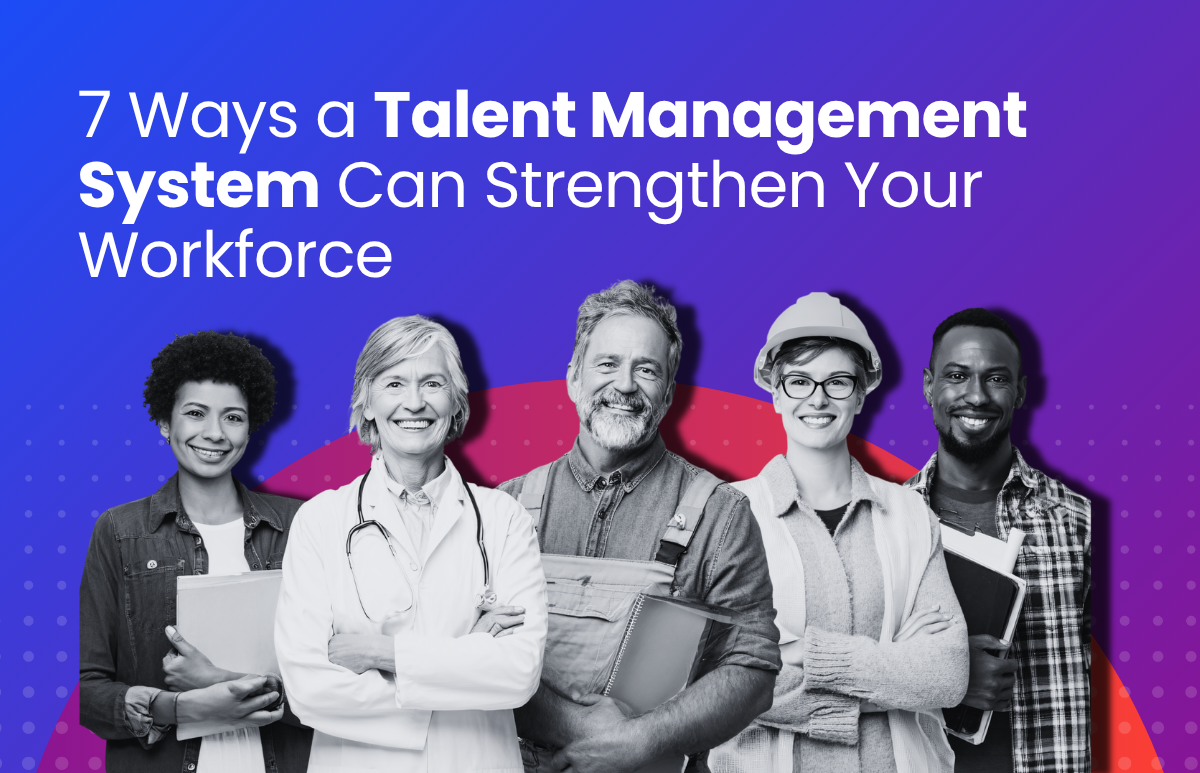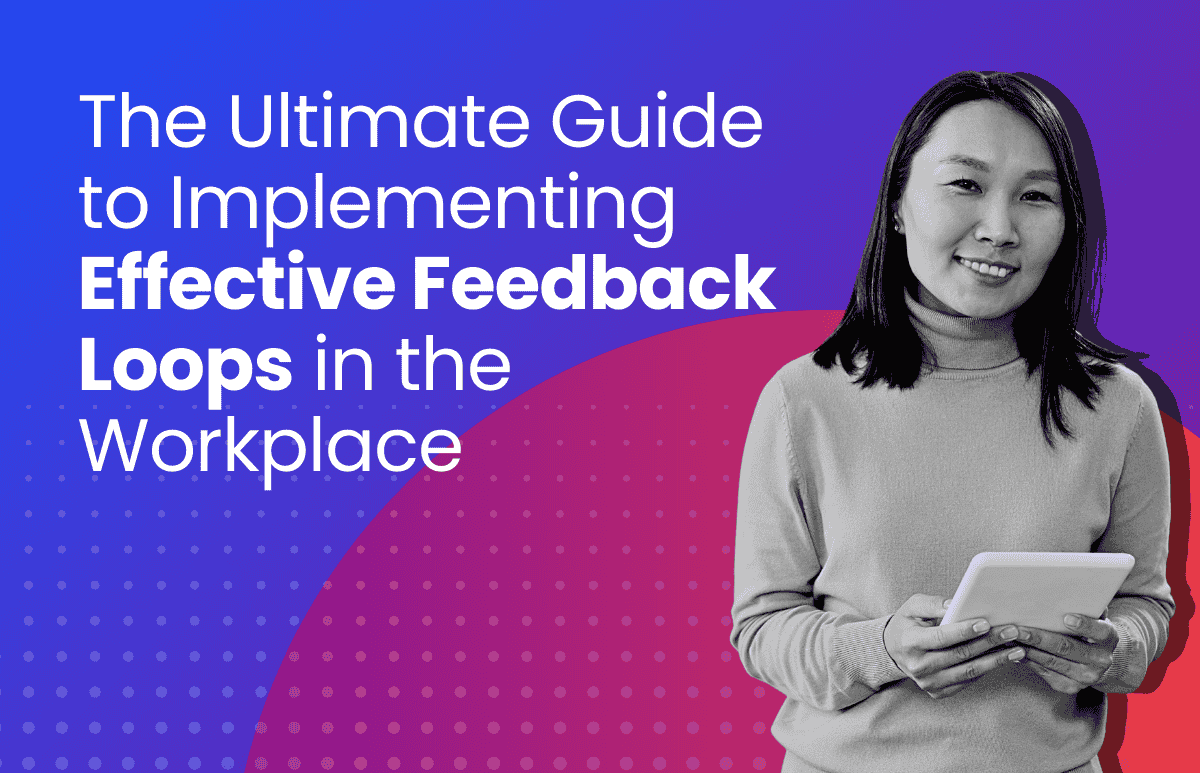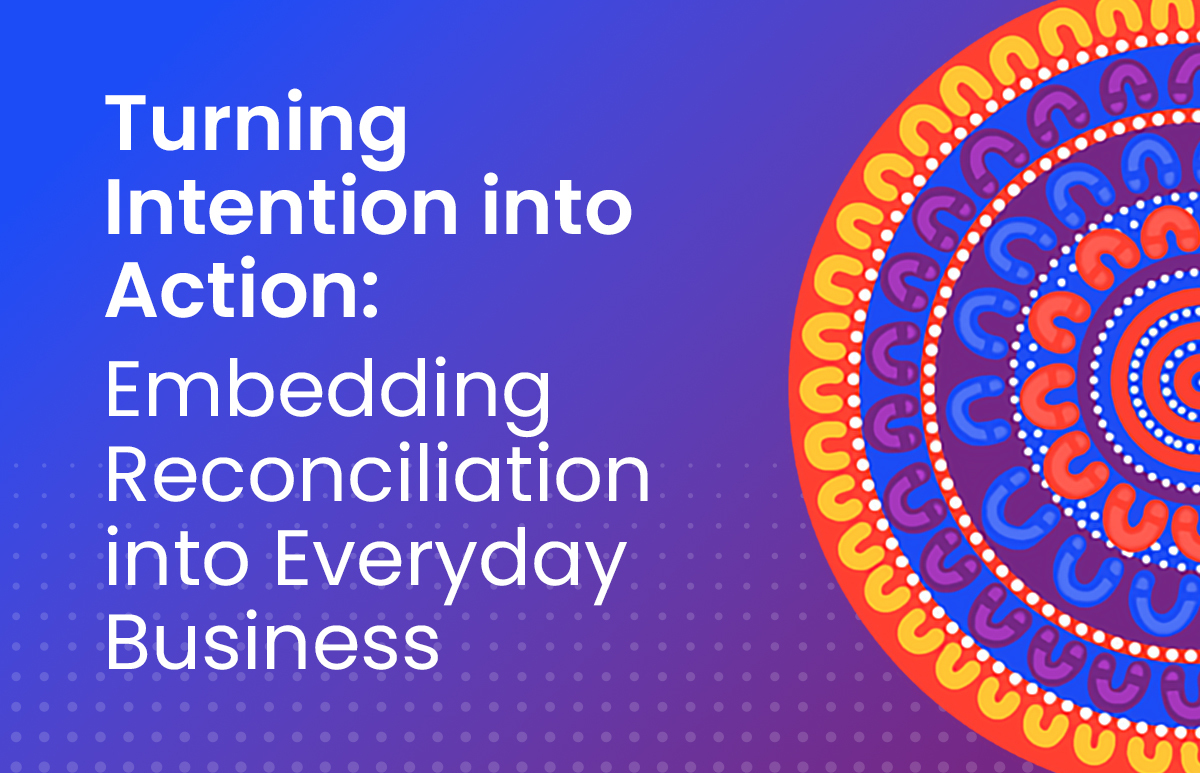7 Ways a Talent Management System Can Strengthen Your Workforce
Looking to attract, retain and grow your people in today’s market? A Talent Management System (TMS) can help you do just that by connecting the dots across your employee lifecycle using a modular HRIS.

Managing talent is no longer merely about filling roles. It’s about building capability, growing careers and keeping your workforce aligned and engaged—especially in industries like healthcare, construction, education, and manufacturing, where skills shortages and compliance pressures are on the boil.
That’s where a complete end-to-endTalent Management System can help.
What’s a Talent Management System?
Think of a Talent Management System as the engine behind your people strategy. It connects every stage of the employee journey in one place, so you can hire faster, develop talent, retain top performers, and plan for the future.
By combining key HRIS modules like Recruitment, Onboarding, Learning, Performance and Succession Planning into a single, integrated platform, a Talent Management System gives HR the visibility, automation and control to drive real impact – minus the thankless manual admin.
Here are seven major benefits of building a complete TMS.
1) One source of truth for your people data
Disjointed systems create silos, duplication and reporting blind spots. A modern TMS breaks those down by connecting your employee data from recruitment all the way through to retirement.
With ELMO, for example, data flows automatically between modules like Recruitment, Onboarding, Learning and Performance. That means you can:
- Track progress and performance across the employee lifecycle
- Identify skill gaps and build internal talent pipelines
- Align learning, goals and succession planning
- Make faster, data-led decisions about your people
When your HR tech talks to itself, everyone benefits, from frontline managers to the C-suite.
2) Smarter and faster hiring
Hiring today is a competitive sport. You need to be at the top of your game, with excellent processes and speed on your side if you’re going to nab the best talent and stay ahead of the competition.
But without the right tools, it can be slow, manual and fragmented. A Talent Management System accelerates every stage, from job requisition to contract generation.
With ELMO Recruitment, HR and hiring managers can:
- Post to multiple job boards (e.g. SEEK, LinkedIn) directly from the platform
- Screen and shortlist candidates using automated workflows
- Generate compliant, branded contracts in minutes
- Build internal and external talent pools for future hiring
The result? Faster time-to-hire, lower cost-per-hire, and a smoother experience for candidates and stakeholders alike.
3) Personalised, paperless onboarding
It still holds true that first impressions matter and so does getting your new starters up to speed fast. A TMS lets you digitise onboarding, streamline compliance and reduce day-one admin.
With ELMO Onboarding, you can:
- Create pre-day-one workflows with custom forms, policies and tasks
- Automate reminders for licences, certifications and training
- Personalise the onboarding experience with videos and team intros
- Track progress and engagement in real time
All of this helps your new employees hit the ground running and feel connected from the get-go.
4) Keep your top talent on track
Recruiting great people is only half the battle. Retaining and developing them is where the real value lies. A TMS helps you do this by centralising performance, feedback and development planning.
With visibility over each employee’s goals, progress and career aspirations, managers can:
- Tailor development plans based on role, skills and future potential
- Identify flight risks early through engagement and performance insights
- Make informed promotion and succession decisions
The payoff? Greater retention, stronger internal mobility and more engaged teams.
5) Close skill gaps through continuous learning
Whether you’re upskilling your existing team or keeping up with compliance, a TMS can support learning at scale. And when it’s integrated, it becomes part of the everyday workflow—not a separate admin task.
ELMO Learning helps organisations:
- Assign mandatory and role-specific training automatically
- Track certifications, licences and policy acknowledgements
- Deliver learning anywhere, anytime with mobile access
- Build tailored learning paths using in-house or pre-built content
You don’t just meet compliance requirements, you create a culture of growth.
6) Empower employee self-service
Modern TMS platforms give employees more control, improving experience and reducing HR bottlenecks.
With ELMO HR Core, your people can use self-service to:
- View payslips and submit leave requests
- Update personal details and training progress
- Access their org chart and development goals
- Take ownership of their onboarding, learning and performance
This frees up time for HR teams while boosting satisfaction and autonomy.
7) Engage managers with better tools
Managers of all persuasions play a critical role in talent development, but often lack the tools or visibility to do it well. A TMS gives them access to the insights and actions that matter most.
With a connected system like ELMO, managers can:
- Review team performance, feedback and engagement in one place
- Align team goals with organisational strategy
- Spot trends and intervene early with real-time data
This enables more meaningful conversations, better leadership and stronger team outcomes.
Ready to power your people strategy?
A Talent Management System like ELMO isn’t just software, it’s a strategic enabler. A well structured and connected HRIS helps HR teams work smarter, leaders lead better, and employees grow with confidence. And because ELMO is modular, scalable and built for mid-sized ANZ organisations, it grows with you as you scale or your needs evolve.
Whether you’re in healthcare, construction, manufacturing or the Education sector, ELMO connects your people strategy to business outcomes, safely, securely and efficiently
 HR Core
HR Core 









